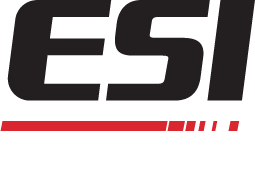Energy Ink Consumption 2014
Energy & Ink Consumption 2014
The flexible packaging industry is continuing to grow at an amazing rate. One of the reasons for the seemingly non-stop growth has been the applications for flexible packaging. The industry is not dealing with the same sized cardboard boxes anymore. Inks need to "pop" and stand out even when frozen, wet, bent, and lined. Printing has to be able to be applied to everything from dog food to popsicles, making an all-encompassing process even more important.
With so many varying applications and industries, the amount of energy that is used and ink consumption become very important.
In a recent article about the current trends and innovations in the flexible packaging arena, FleckPackMag.com cited electron beam (EB)-curable CI Flexo ink technology as the provider of better energy and waste options.
"Consistent with energy-cured inks, the eBeam inks can be left on press between runs, shifts and even weekends, decreasing the clean-up time and again, increasing uptime and productivity. Furthermore, with about 90 percent reduction in solvent emissions, the use of abatement equipment is significantly reduced; further reducing utility, compliance and insurance costs," FlexPackMag.com reported.
With Gelflex-EB, businesses can expect between 2.5 and 2.8 times less ink consumption. The Gelflex-EB installation results in 25%% less energy consumption as well.
"Gelflex will also use 60 percent less color ink laydown and 65 percent less last-down white ink," FlexPackMag.com reported.
The future of printing is here through the advanced electron beam ink of Gelflex-EB that offers less waste and ink consumption.
